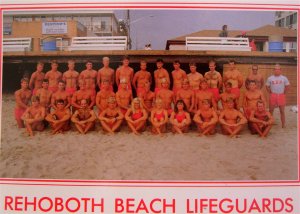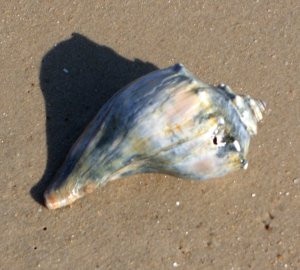
Miss April arrived on a Friday night in an aqua convertible from New York’s Upper East Side. It was her first summertime visit to Rehoboth and wouldn’t you know it coincided with one of the season’s hottest, humid weekends on the edge of a full moon.
Miss April and I met twenty-five years ago at Mr. Jefferson’s University and we’ve been dear friends ever since. She brought with here five summer frocks, a silk kimono, the current edition of Town and Country, a pint of fresh figs from Frederica, and the most sensible shoes a gal from the UES would bring – summer wedges, one pair with flowers and one pair without.
Fresh figs from Frederica? Had I really heard that right?
I had. Seems there wasn’t a fig to be had in all of Manhattan after the New York Times ran its recipe for grilled lamb and figs on rosemary skewers. So leave it to an uptown gal to find freshly picked, perfectly ripe purple figs in downstate Delaware.
She didn’t know why I found that so funny. That’s when I began explaining to her the concept of downstate.
Geographically speaking, downstate refers to Kent and Sussex counties, the two Delaware counties south of the Chesapeake and Delaware Canal. It’s often used in a derogatory manner by those who live in Wilmington, as a slur towards their so called less sophisticated Delawarean brothers and sisters, which cracks me up because I’ve been to Wilmington…
Back in 1935, Fortune did a big feature on the Du Ponts and Delaware. Here’s how the magazine defined downstate. The two big southern counties of the state are agricultural. The land never rolls, but is flat and dull. Yet it is fertile. From Kent and Sussex come corn, wheat, peaches, strawberries, and tomatoes. It becomes wastes of sand and scrub pine near the Delaware Bay. The people are more like Marylanders, nearly southern. Illiteracy increases. So does incest.
Yikes! I’ve also heard the term canacker (a cracker south of the canal) used to describe a downstater.
Once Miss April understood the origins of downstate, it was time to show her what downstate living was all about. She appeared frightened, especially when we announced a fried supper of crab cakes and French fries to celebrate her arrival downstate. Nobody in Manhattan eats fried foods.
The crab cakes were prepared with Japanese panko and paired with a curry dipping sauce. The French fries were home made. Sliced fresh tomatoes with extra virgin olive oil, fresh basil from the garden, and Himalayan salts that cost $20 per pound in Manhattan completed our simple downstate fried dinner.
Miss April began to relax.
She asked about the simple, elegant flower arrangement on the table. Was it inspired perhaps by the principles of Ikebana? Nope, I explained, by Route 16 and the old fashioned flowers like butterfly bushes, petunias, daisies, rose of Sharon that you see in people’s yards when you’re driving through Sussex County. Pure downstate baby. However, they were arranged in a Japanese flower frog and simple glass dish, and the blanc de blanc color palette was definitely more Greenwich than Greenwood.
When the Prosecco cork exploded out of the bottle on its own volition due to the heat and humidity, Miss April asked if that was downstate. Most definitely. The girl was catching on.
Beeswax candles in silver candlesticks that drip all over the dining room table due to the floor fans? Absolutely downstate.
A Finnish leather flyswatter in the shape of a fly? Extreme downstate.
Carrying your wine to the beach in a Gatorade bottle. Unconditionally downstate.
A clothesline out back for plein air-drying of handwoven linen towels. Utterly downstate.
Sweating on the front porch and listening to the crash of the waves on the beach rather than sitting indoors with air conditioning? Fabulously downstate.
Not only did Miss April get it, she even got into it, sitting in front of a fan with a vodka tonic and skewering lamb and figs onto turgid rosemary stems while we listened to Big Mama Thornton and Bull Moose Jackson on the ipod. A modern day pea shucker in pearls.
When it came time for Miss April to leave on Sunday afternoon, she was relaxed and mellow, having enjoyed a wonderful beach respite from the City. You might be interested to know that she didn’t depart in the aqua convertible. Oh no, she hopped right up in the passenger side of a big white 4×4 pickup truck for her journey back to the Upper East Side. How downstate is that?

